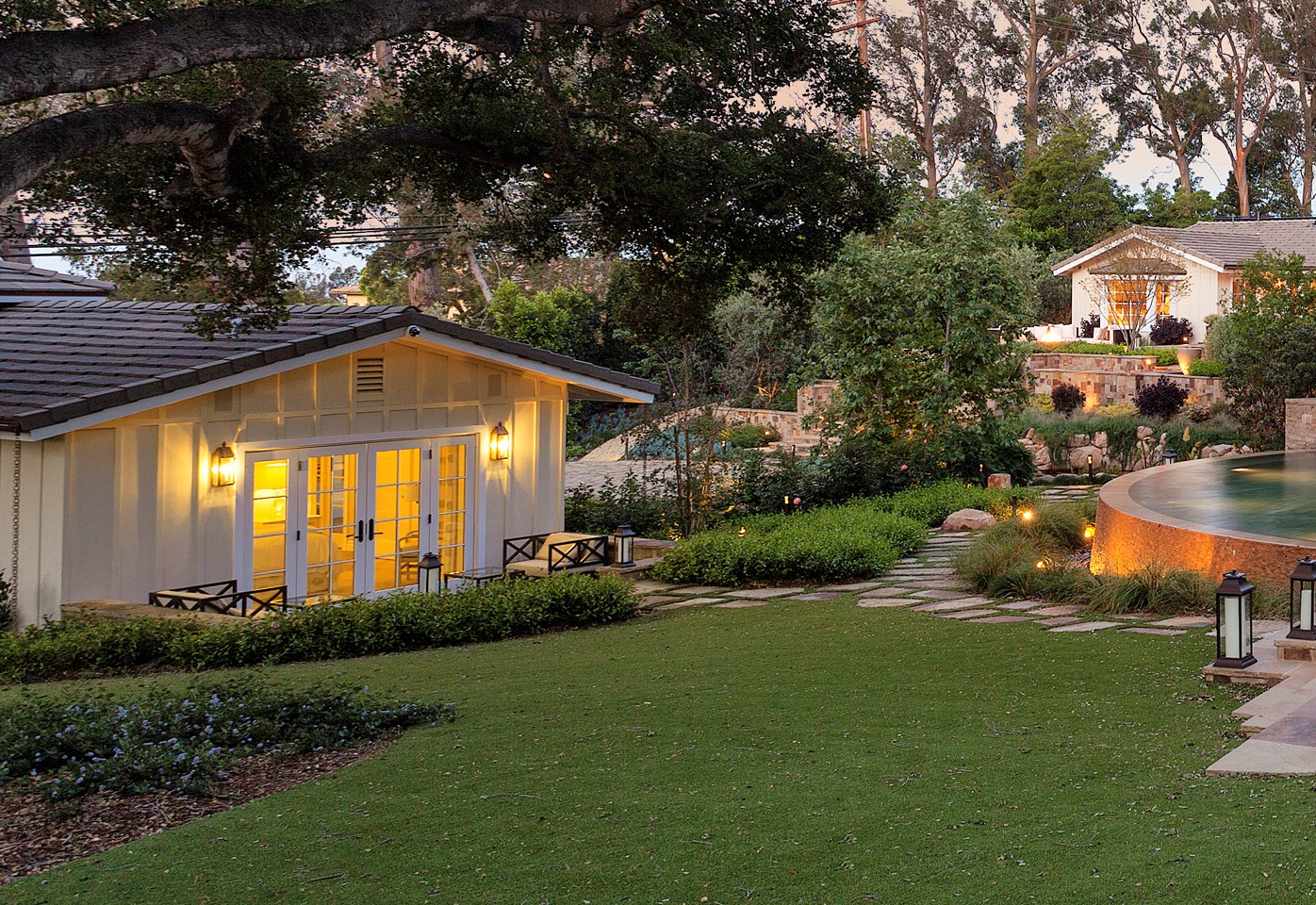Is an ADU for You?
Allen Construction’s Ryan Cullinen Discusses Granny-Flat Rules in Santa Barbara

With people spending more time working and schooling at home these days, adding an accessory dwelling unit (ADU) is definitely something to consider. The process got even easier in 2020, when new California laws went into effect to allow small second residential units on single-family lots and on multifamily zoned lots.
“We are seeing a trend of more new home projects, including ADUs, as part of their master plan,” explained Ryan Cullinen, director of pre-construction at Allen Construction, which has several such projects in the works. “We have not seen any dramatic changes in demand recently, although I expect a larger demand for home offices and general home refreshing now that so many are spending more time than ever in their homes.” He explained that the standard ADU can either be detached, attached, or repurposed existing space in the home and can be up to 1,200 square feet in size.
“Most units are being designed for family or rental units with an end goal of retirement living,” he said. “I find many longtime homeowners who decide to build an ADU treat it as the miniature version of the dream house they wish they had. This is often because they plan to retire into it or have other family members live in it. When you have limited space, it forces creativity to be able to accomplish the needs you take for granted in your larger house.”
Originally known as “granny flats,” today’s accessory dwelling units take different structural forms. They can be garage conversions, units placed over the garage, stand-alone units, attic or basement conversions, or units otherwise attached to the main house. They are allowed to have full kitchens and bathrooms and will not be required to have a utility hookup separate from that of the main house. They can be rented, and most likely will be, but cannot be sold separately from the main dwelling.
The first step is to identify if it’s feasible to build an ADU within your zoning restrictions and whether the investment makes sense for you. “An architect or planning specialist can verify your zoning restrictions and help play out a concept to get preliminary pricing,” said Cullinen. “You can understand costs by speaking with a contractor who has a résumé building multiple different types of ADUs.”
ADUs do still need to go through Santa Barbara’s design review and permitting process. “There are many nuances to what your structure will be required to have, such as fire sprinklers, set-back requirements, and off-street parking,” said Cullinen. “The best thing you can do to expedite the process is get a professional with experience involved early. This limits your chances of any delays from incomplete submittals and keeps the building departments happy when they are very busy.”



